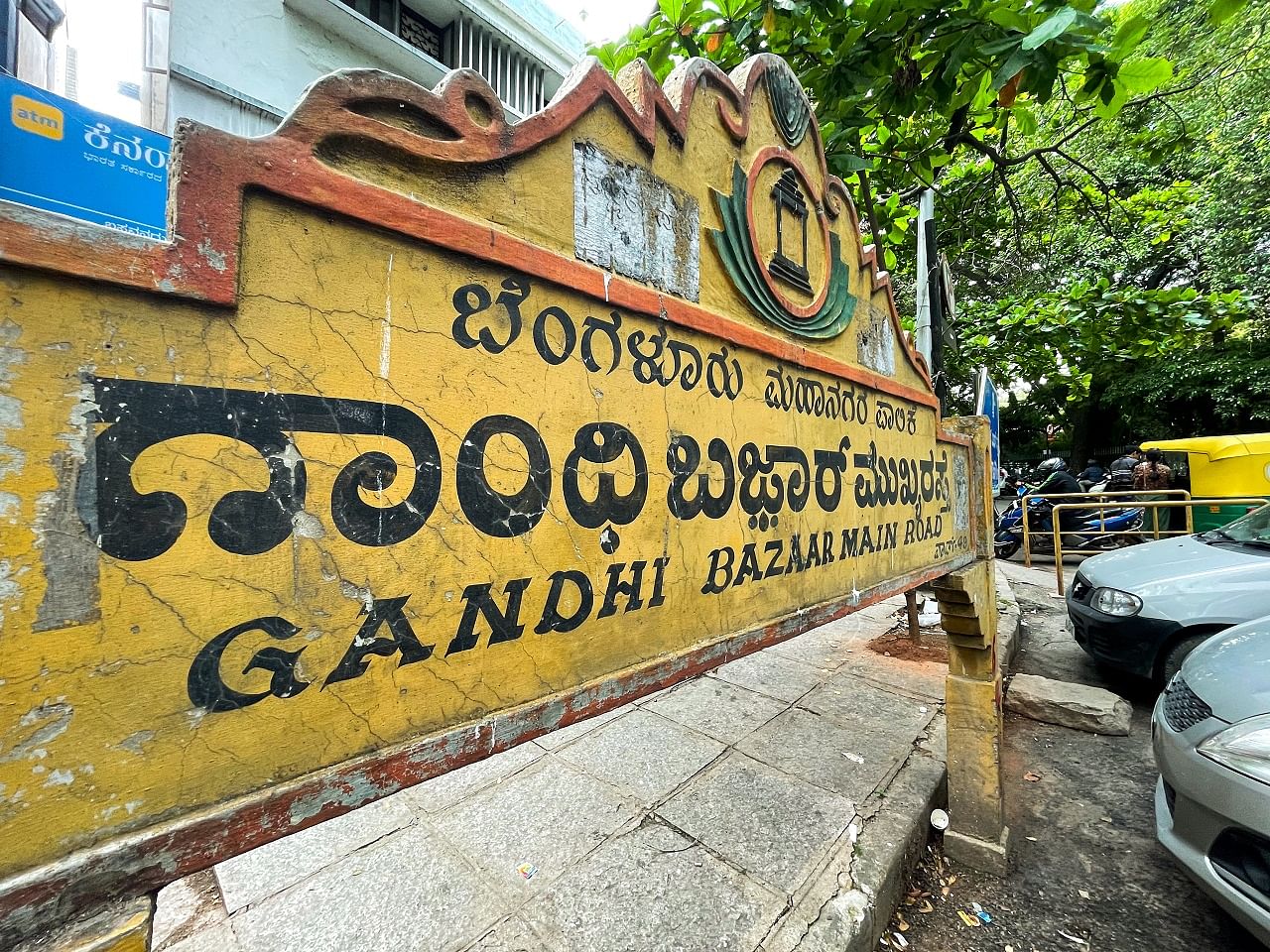
The youngsters of today may not have an inkling of how life in Gandhi Bazaar was in the 50s. I was born before independence, and have spent my younger days in the heart of Gandhi Bazaar, I can;t help but go n the road to nostalgia of those days.
Gandhi Bazaar was then a quiet, calm extension with residential buildings and a few commercial establishments. For groceries, there were Nani angadi, Gopala Rao angadi, Revappa & Sons and Basavanagudi Cooperative Society. Those days plastic was unheard of. Groceries were packed in old newspapers and wrapped by Goni cheelada dara (Ghani thread). One had to carry a vessel to bring butter, edible oil.
For people to satisfy their craving for traditional tiffins like masala dosa and idli, Vidyarthi Bhavan was the go-to eatery. It was established in 1943. The proprietor Parameshwar Ural himself used to prepare crispy masala dosas. There were other hotels in the vicinity: Circle Lunch Home, Geetha Restaurant, Mahalakshmi Tiffin Rooms, and Modern Tiffin Rooms.
The owner of Geetha restaurant used to tune in to the popular Radio Ceylon, put it on the loud speaker and cricket enthusiasts could listen to the running commentary of cricket matches being played across the country! The Circle Lunch Home owner, Narasimhaiah started roof-top services for students of BMS Engineering college. Another attraction there was the Juke Box and one could play any song he desired to listen to by inserting a four-anna coin in the slot. This did not last long because of mischief mongers who found an easy way to cheat by inserting round metal pieces resembling four anna coins.
Gandhi Bazaar also drew book lovers thanks to MS & Sons, LN & Co, VS & Sons and GK Bros who were the well-known book sellers.
For people to commute within the city, Jataka (horse drawn carriages) were popular besides the Bangalore Teansport Company while bullock carts were used for carrying goods. The local bus service was available for the common man, students and officegoers. A word about Route No 11, which had earned a sobriquet: “Route No 11 is heaven between nine and eleven”. One could pass glances at the ladies, students, standing in the serpentine queue. After the introduction of auto rickshaws sometime during 1959, there was a paradigm shift in the lifestyle of citizens.
There were four bicycle marts: Bhavani Cycle Mart having a fleet of good bicycles for hire. During election season public meetings were a common feature near the Gandhi Bazaar circle. Politicians used to address the gathering seeking votes. I vaguely remember the Bhoodan movement leader Vinoba Bhave walking down in the main road during the campaign. Prajamatha Press, Dr D V Gundappa’s house, K A Netkallappa’s big mansion were the famous landmarks.
The footpath, which served us as our space to play the traditional outdoor games gilli-dandu, buguri, goli aata and doubled up as a track to learn riding bicycle, is no longer the same. Street vendors have monopolised the entire stretch, not even leaving space for pedestrians.